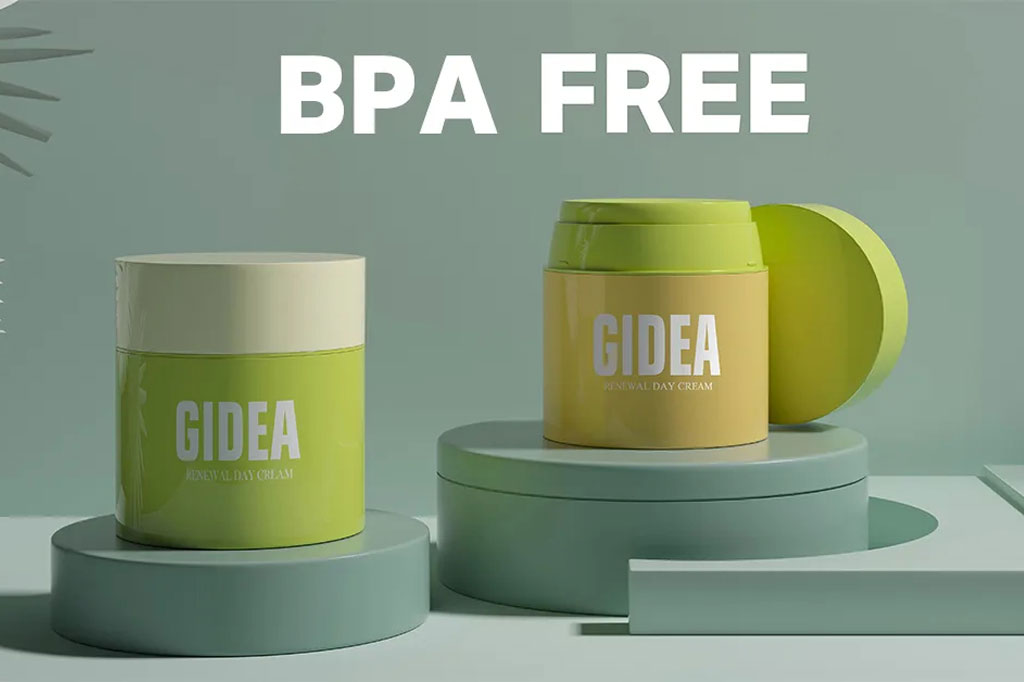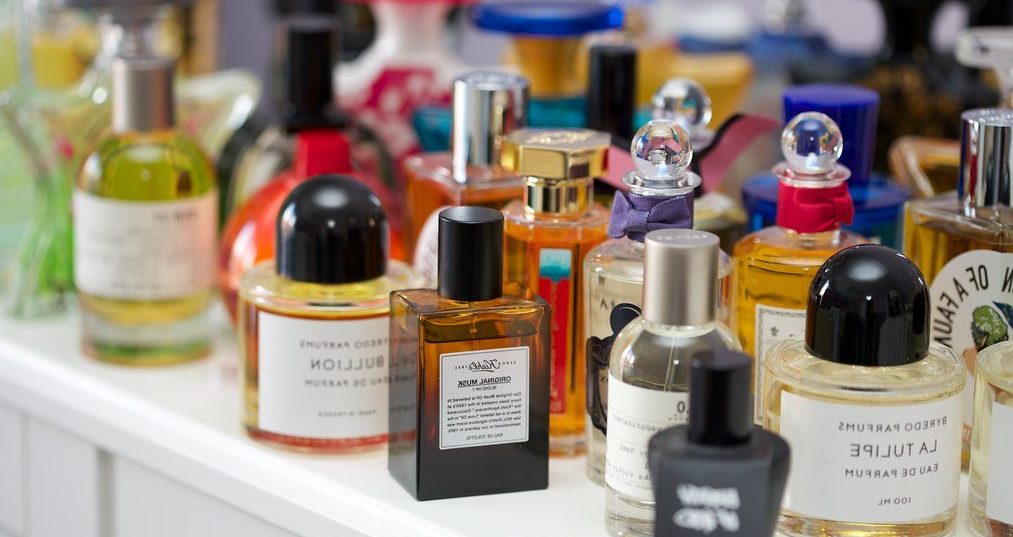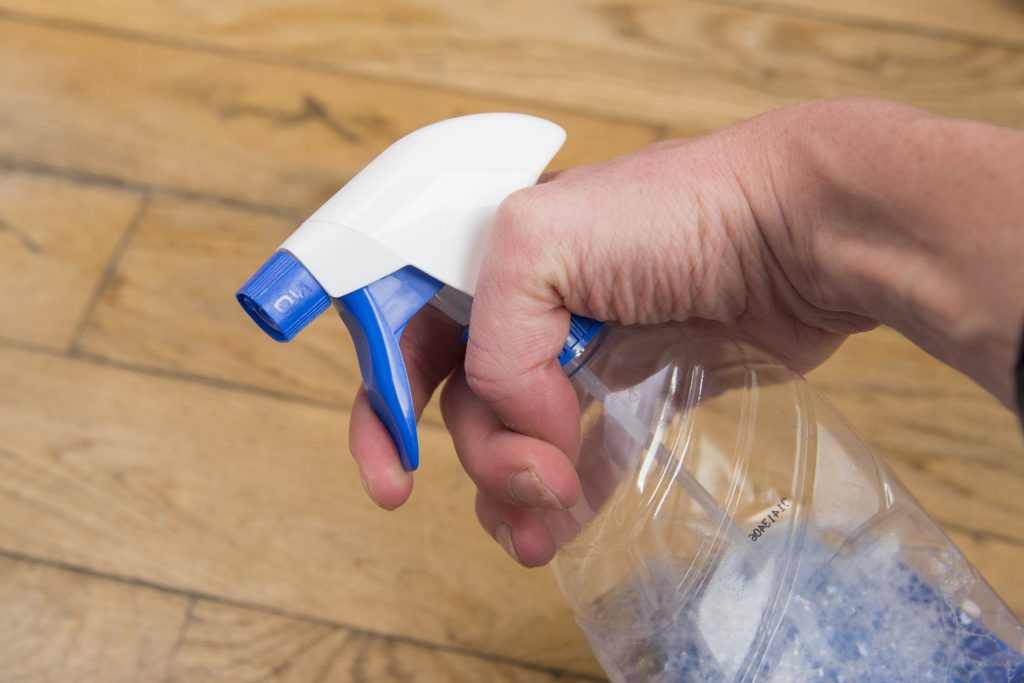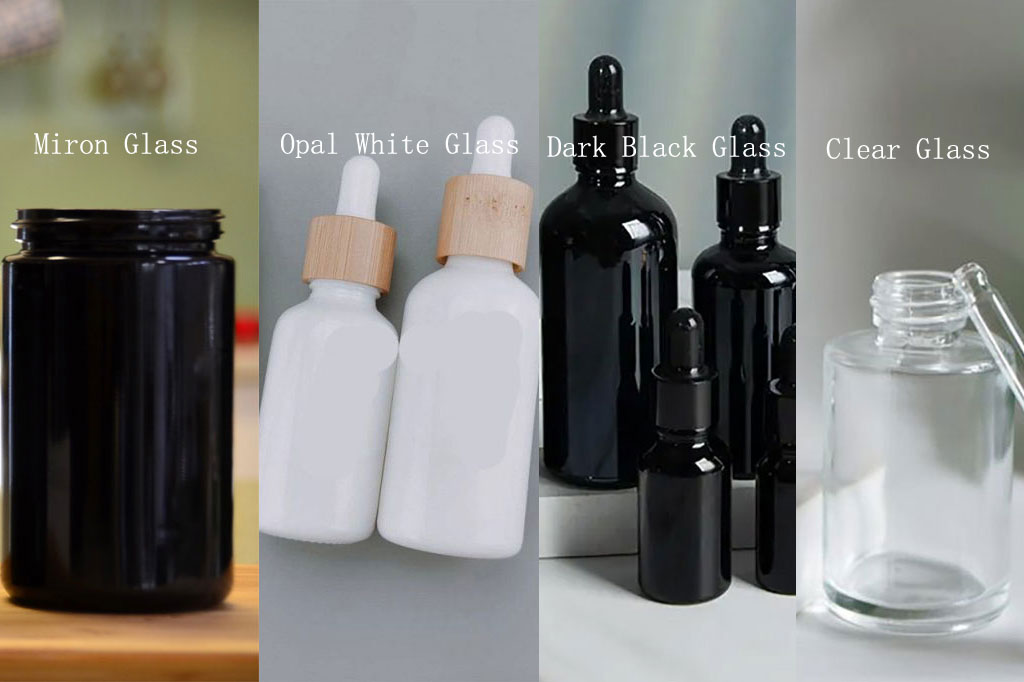In the cosmetics industry, packaging plays a crucial role in protecting products, ensuring consumer safety, and maintaining brand appeal.
Over the years, traditional packaging materials, often made from plastics containing Bisphenol A (BPA), have come under scrutiny due to potential health risks associated with this chemical. As a result, many cosmetic brands have started exploring alternative BPA-free packaging materials, aiming to improve sustainability and safety.
In this article, we’ll compare BPA-free packaging with traditional packaging and explore how these changes are shaping the future of the cosmetics industry.
Understanding BPA and Its Impact on Health
Bisphenol A (BPA) is a man-made chemical frequently used in creating polycarbonate plastics and epoxy resins. These materials are often used in packaging, such as bottles, jars, and tubes for cosmetics and personal care products. However, BPA has been linked to several health concerns, including endocrine disruption, which can affect hormones and reproductive systems. Research has suggested that exposure to BPA could lead to health problems, such as fertility issues, developmental defects, and an increased risk of certain cancers.
As a result of these health concerns, many consumers and manufacturers are turning to BPA-free alternatives to reduce the risks associated with this chemical.
Traditional Cosmetic Packaging
Pros of Traditional Packaging
- Cost-Effective: Traditional packaging materials like polycarbonate plastics and epoxy resins are inexpensive to produce, which helps keep manufacturing costs low.
- Durability: Packaging made with BPA-containing plastics is often more durable, providing excellent protection against external factors like moisture, light, and air.
- Design Flexibility: These materials can be molded into a variety of shapes and sizes, allowing for creativity and versatility in packaging design.
Cons of Traditional Cosmetic Packaging
- Health Concerns: The most significant downside to traditional packaging is the potential leaching of BPA into the product, especially when exposed to heat or acidic substances. This poses a risk to consumers’ health, particularly for those who use cosmetics regularly.
- Environmental Impact: A large number of conventional packaging materials, particularly plastics, are non-biodegradable and add to environmental pollution. Additionally, BPA is harmful to ecosystems, and its use in packaging can lead to contamination of water sources and wildlife.
BPA-Free Cosmetic Packaging
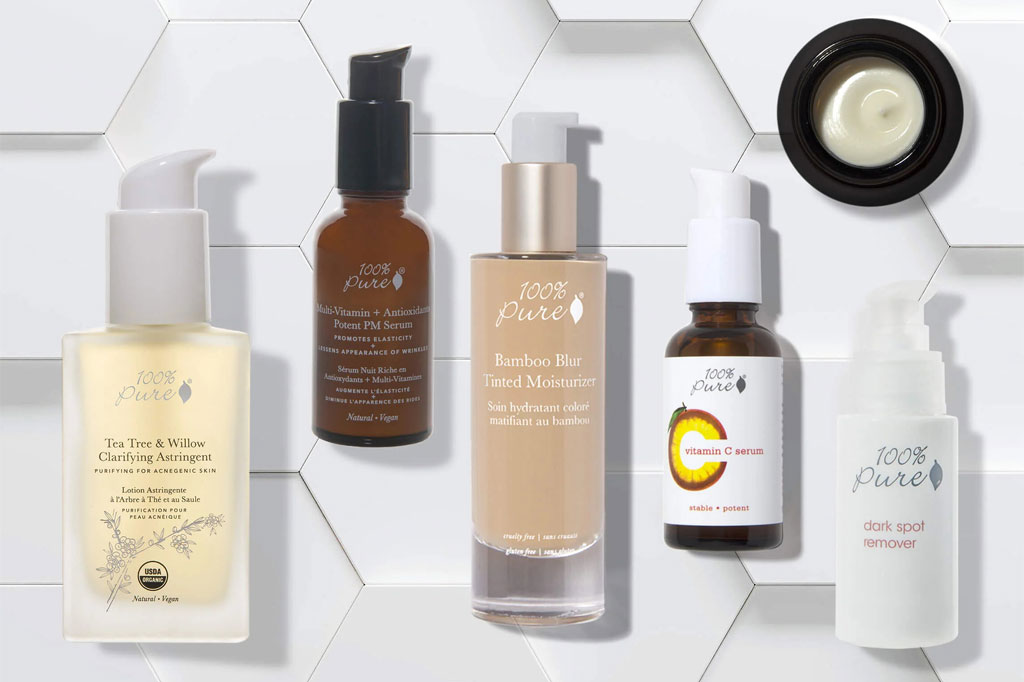
BPA-free packaging refers to packaging materials that do not contain Bisphenol A. These materials are typically made from alternative plastics or natural materials, which are often touted as safer for both consumers and the environment. Here are some of the main BPA-free options gaining popularity in the cosmetics industry:
1. Glass Packaging
- Benefits: Glass is a popular alternative to plastic for cosmetic packaging due to its safety and aesthetic appeal. Glass doesn’t leach chemicals into products, making it a safe option for cosmetics. It also gives a high-end appearance, which is frequently linked to luxury brands.
- Challenges: Glass is heavier than plastic and more prone to breakage, which can make it less suitable for certain products or markets. Additionally, its production can be energy-intensive.
2. Plant-Based Plastics (Bioplastics)
- Benefits: Derived from renewable resources like corn, sugarcane, or algae, plant-based plastics are biodegradable and have a smaller carbon footprint than conventional petroleum-based plastics. They can be molded into various shapes and provide a similar level of protection as traditional packaging materials.
- Challenges: While bioplastics are an eco-friendly option, their production costs are higher than that of conventional plastics. Additionally, some bioplastics may still contain chemicals that could pose a risk to health.
3. Aluminum
- Benefits: Aluminum is a lightweight, durable, and recyclable material that is increasingly being used for cosmetics packaging, especially for tubes, caps, and containers. It offers excellent protection against light and air, helping to maintain the quality of cosmetic products.
- Challenges: Aluminum production requires significant energy, and the material can be more expensive than traditional plastic. However, its recyclability and lightweight nature are significant advantages for eco-conscious brands.
4. Paper and Cardboard
- Benefits: For products like skincare lotions, cleansers, and even makeup, brands are turning to paper and cardboard as sustainable alternatives. These materials are biodegradable, recyclable, and do not contain BPA.
- Challenges: Paper and cardboard packaging may not be as durable or water-resistant as plastic, limiting their use in some cosmetic products. However, advancements in coatings and lamination techniques are improving their protective properties.
BPA-Free vs. Traditional Cosmetic Packaging
| Feature | Traditional Packaging (BPA-based) | BPA-Free Packaging |
|---|---|---|
| Health Safety | Potential health risks from BPA exposure | No risk of BPA leaching into products |
| Environmental Impact | Non-biodegradable and contributes to pollution | Biodegradable, recyclable, or less harmful to the environment |
| Durability | Highly durable and resistant to breaking | May vary (e.g., glass and aluminum are durable, bioplastics are less so) |
| Cost | Generally more affordable | More expensive due to alternative materials |
| Aesthetic Appeal | Versatile design options | Premium, eco-friendly designs possible |
| Consumer Perception | Growing concerns over safety | Higher demand for eco-friendly and safe products |
The Future of Cosmetics Packaging
The shift from traditional BPA-based packaging to BPA-free alternatives is not just a passing trend. As consumers grow more conscious of health and environmental issues, they are increasingly seeking packaging options that are both safer and more sustainable. Brands that embrace this shift may gain a competitive edge in the market, as eco-conscious consumers seek out products that align with their values.
Furthermore, with governments and regulatory bodies placing increasing pressure on industries to reduce the use of harmful chemicals like BPA, the demand for BPA-free packaging is expected to continue growing. As technology advances, more cost-effective and sustainable packaging options will likely emerge, providing cosmetics companies with a wider range of choices.

